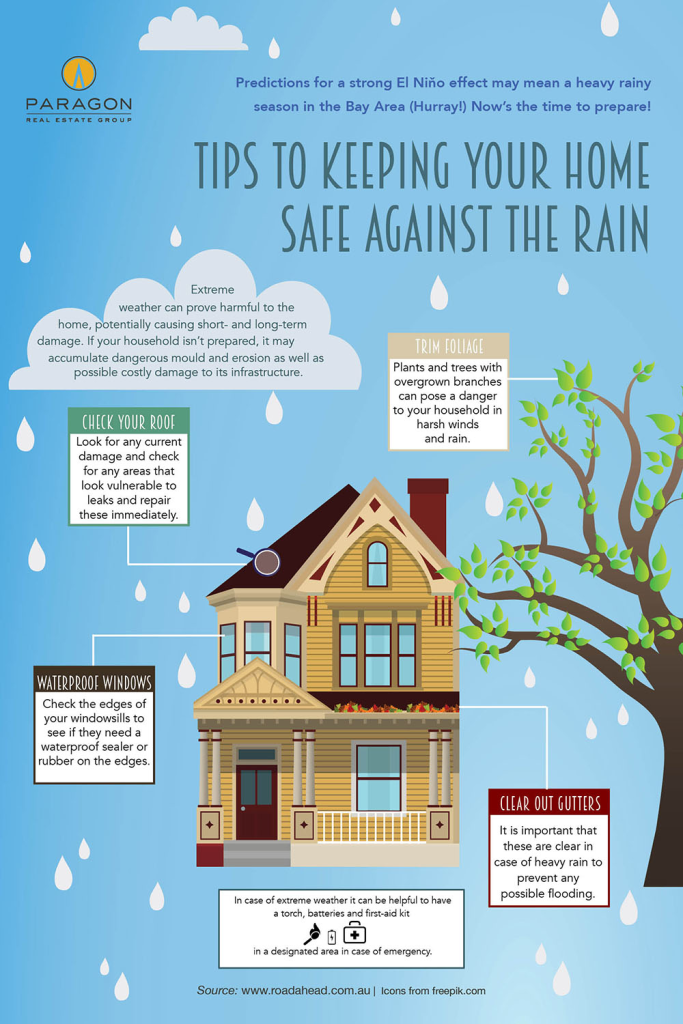Disregarding Roof Air Flow Can Cause Expensive Repair Services; Discover The Essential Factors To Consider That Make Sure Efficient Installment And Maintain Your Investment
Disregarding Roof Air Flow Can Cause Expensive Repair Services; Discover The Essential Factors To Consider That Make Sure Efficient Installment And Maintain Your Investment
Blog Article
Material By-Gundersen Iversen
When you're dealing with a roof job, you may not assume much concerning roof covering ventilation, yet it's even more vital than you recognize. Efficient ventilation aids control temperature level and dampness in your attic room, protecting against issues like mold and mildew and structural damage. By recognizing how to make and install a well balanced ventilation system, you can improve power efficiency and lengthen the lifespan of your roof covering materials. So, what are the vital aspects to take into consideration throughout setup that can make all the distinction?
Significance of Roofing Air Flow
Roofing air flow plays an essential function in preserving the general wellness of your home. By allowing fresh air to distribute through your attic room, it assists manage temperature and moisture degrees. This equilibrium is necessary to protect against warmth buildup throughout warm months, which can cause raised energy expenses as your cooling works overtime.
In addition, appropriate air flow significantly reduces the risk of moisture-related concerns like mold and mildew and mildew. If moisture levels increase, your home's structural integrity can be compromised, causing expensive fixings. You wouldn't wish to handle decomposing wood or deformed roof covering products, right?
Additionally, sufficient air flow prolongs the life expectancy of your roofing system. When heat and moisture are kept in check, your roof covering can do optimally, preventing premature damage. This means fewer migraines and expenses down the line.
How Roofing Ventilation Functions
Efficient roof covering air flow counts on the all-natural activity of air to produce a balance between intake and exhaust. When you install vents, you're basically permitting fresh air to enter your attic while making it possible for warm, stale air to run away. This procedure assists regulate temperature and moisture degrees, protecting against concerns like mold growth and roofing system damage.
Intake vents, normally located at the eaves, reel in awesome air from outdoors. At visit my home page , exhaust vents, located near the ridge of the roofing system, allow hot air rise and exit. https://reliableroofingcompany95050.nizarblog.com/34129257/lower-the-likelihood-of-costly-roofing-installment-errors-by-learning-vital-approaches-for-selecting-the-ideal-products in temperature level creates an all-natural air flow, referred to as the pile impact. As warm air rises, it produces a vacuum cleaner that draws in cooler air from the reduced vents.
To optimize this system, you need to make certain that the consumption and exhaust vents are properly sized and placed. If the consumption is restricted, you will not attain the preferred air flow.
Likewise, gutter repair san antonio tx can catch warmth and wetness, causing prospective damage.
Trick Installment Factors To Consider
When setting up roofing system air flow, a number of key factors to consider can make or break your system's performance. First, you need to examine your roofing's layout. The pitch, shape, and products all affect air flow and ventilation option. Ensure to choose vents that fit your roofing type and regional climate problems.
Next, consider the placement of your vents. Preferably, you'll want a balanced system with intake and exhaust vents placed for ideal air movement. Location consumption vents short on the roof and exhaust vents near the peak to encourage an all-natural circulation of air. This arrangement helps avoid wetness accumulation and advertises power efficiency.
Do not ignore insulation. Appropriate insulation in your attic stops warmth from leaving and keeps your home comfy. Guarantee that insulation doesn't block your vents, as this can hinder air flow.
Finally, think of maintenance. Select ventilation systems that are very easy to accessibility for cleaning and inspection. Routine upkeep guarantees your system remains to work effectively with time.
Conclusion
To conclude, roofing system ventilation is necessary for a successful installation. By making certain correct air movement, you can prevent warm buildup and dampness issues that bring about expensive damages. When you strategically position consumption and exhaust vents, you improve energy efficiency and extend the life expectancy of your roofing system. Bear in mind, a well-ventilated roofing not just protects your investment but also improves your interior air top quality. So, focus on ventilation to make certain a durable and economical roof for your home.
